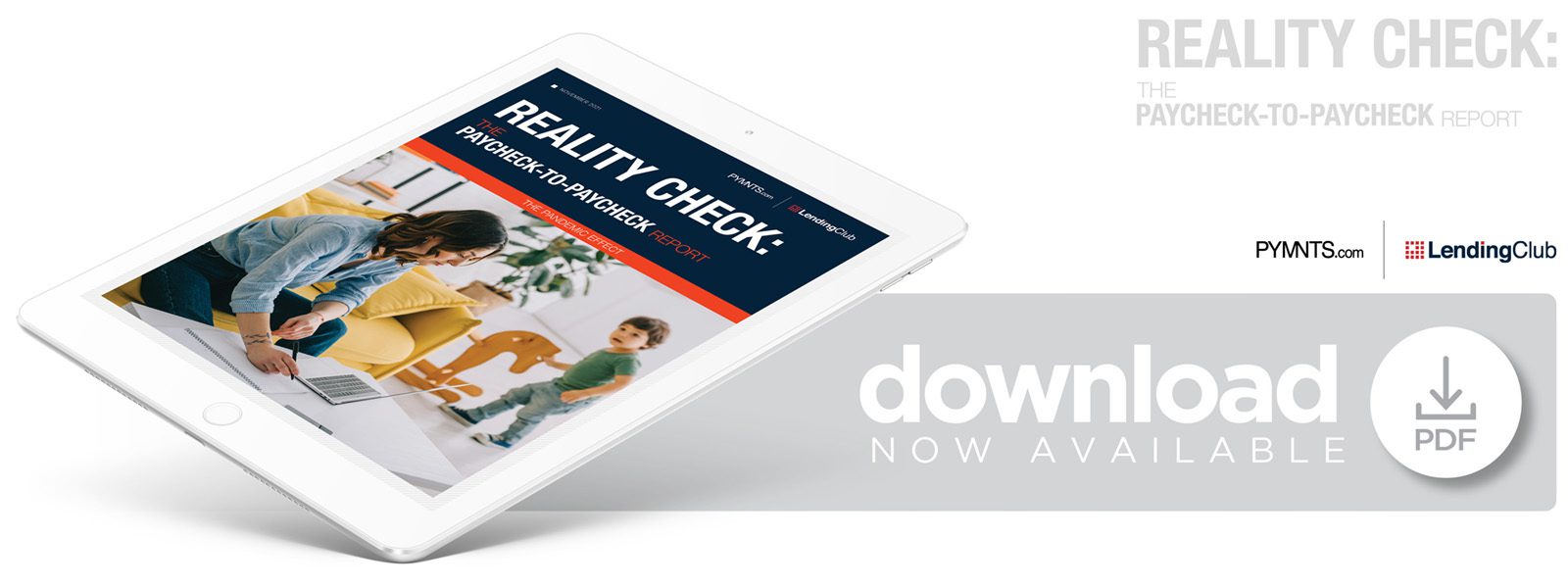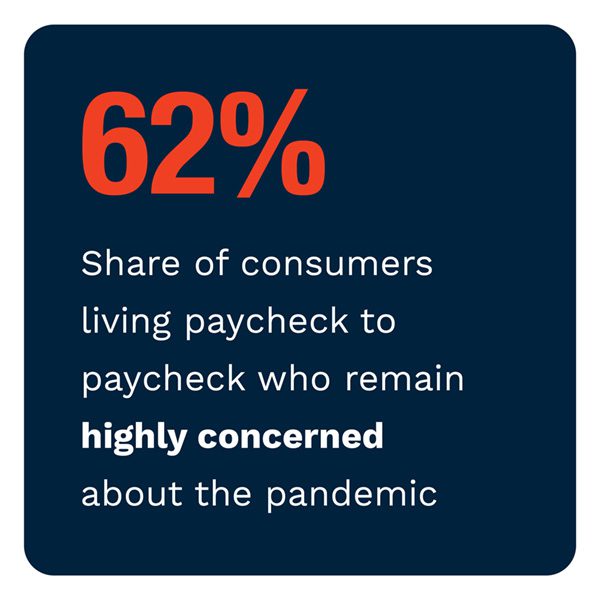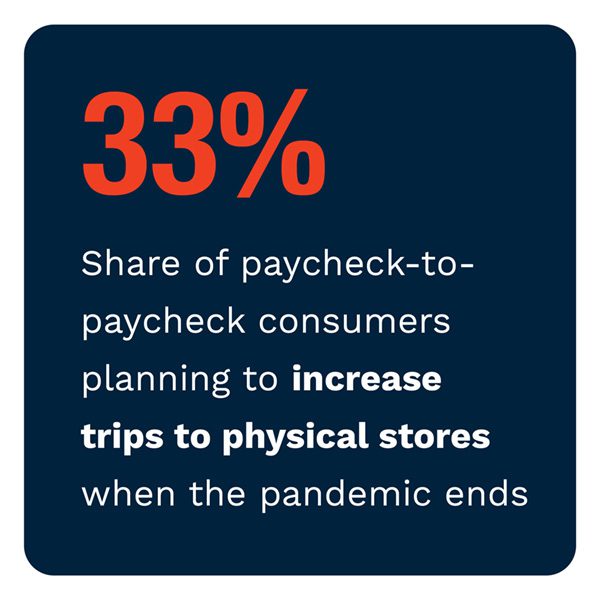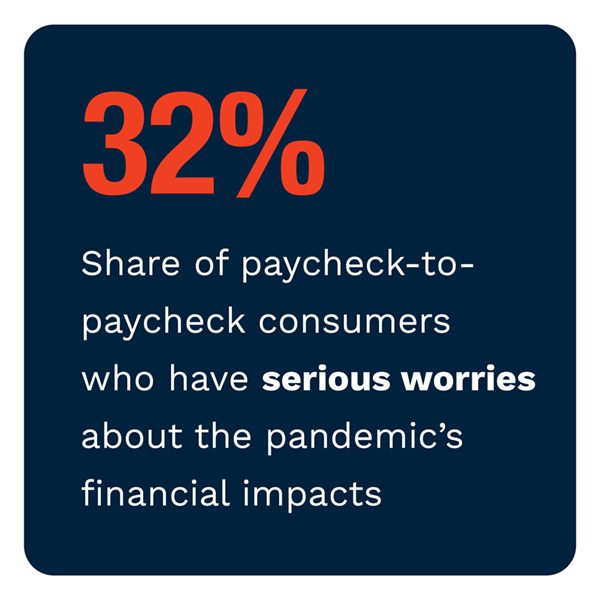Report: End of Pandemic Could Kick-Off Spending Spree For Paycheck-to-Paycheck Consumers

The United States economy continues to rebound from the worst of the COVID-19 crisis, but the pandemic’s effects are still impacting consumers’ shopping habits, especially in-person activities such as trips to retail stores and eating at restaurants.
The upside is that many consumers expect to ramp up their shopping activities — both in-person and online — when the pandemic finally subsides, new PYMNTS research reveals. Consumers living paycheck-to-paycheck are more likely than others to increase their visits to physical retail and grocery stores, in fact.
These are some of the key takeaways from the November edition of Reality Check: The Paycheck-To-Paycheck Report, a PYMNTS and LendingClub collaboration. We surveyed 2,211 adults in September about their current concerns surrounding the pandemic and how the end of the crisis will influence their in-person and online shopping behavior, focusing on the retail, grocery and restaurant segments.
Most consumers still worry about the health risks of COVID-19, unsurprisingly, but our research shows that nearly two-thirds of those living paycheck-to-paycheck have high levels of concern, versus just 50 percent of their more financially secure peers. The paycheck-to-paycheck group is particularly worried about job- and income-related impacts: 15 percent fear losing their jobs, for example, twice the incidence among other respondents.
Our study finds that approximately one-third of consumers expect to shop in-person and eat inside at restaurants more often when the pandemic subsides. Slightly higher shares of paycheck-to-paycheck respondents say they plan to increase their trips to physical retail shops (33 percent) and grocery stores (34 percent) than those not living paycheck to paycheck (31 and 32 percent, respectively). One-quarter of paycheck-to-paycheck consumers say they will up their online shopping with home delivery, versus 17 percent of their more secure peers.
To learn more about how the pandemic is affecting consumers’ current shopping habits and how they will adjust when the crisis finally ends, download the full report.




